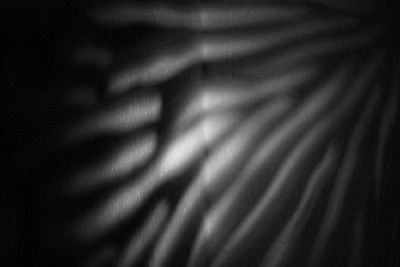How to transform a USB Webcam into a microscope?
Microscopy stage
One of the first steps is to work on the design of the stage to fix the microscope.
It is important to make the drawing in the right scale. For my design, I took up the idea from the origins of the microscope where the eyepiece, the lenses and the arm are on top and the light, the aperture and the object are on the lower part.
In this case, the lens is placed on a platform that can be moved up and down trough a threaded rod. This rod is fixed with nuts to the stage. The base consists in a kind of box with a hole to put the slide, which contains the object.
Taking pieces apart
The disassembly of the camera is not an easy task. All the pieces have to be removed, including the LEDs (unsolder), until only the PCB is left.
Turning the lens
The lens has to be inverted and fixed to the PCB.
3D Model
During the whole design process some small changes were made. An example of this is the platform slot, which allows the movement in every direction, also the size of the aperture and later the small pieces to hold the slide.
The 3D Model shows different views of the prototype.
Download Media:Micro.zip
Cardboard Model
The best way to know if the prototype works is to build an actual size model.
I used model making cardboard because is cheap and excellent material. You will also need some kind of adhesive, a cutter, screws, nuts (butterfly, hex, cap), a threated rod, washers and a small piece of acrylic.
Laser cut
I decided to use Acrylglas for the final design. Because of the material and the size of the pieces, it was necessary to use a laser-cutting machine.
Download: Media:laser cutting Adriana 2.pdf
Acrylglas Model
Images
- Fly
- Scuff
- Mildew
- Weed
- Ginger
Video
<videoflash type=vimeo>54254808|640|480</videoflash>
Example
Images II
- Spider web
- Spider
- Silberbeere, schuppenhaar
- Tulip
Final project
“Man is a microcosm, or a little world, because he is an extract from all the stars and planets of the whole firmament, from the earth and the elements; and so he is their quintessence.” Paracelsus
“Therefore, we may consequently state that: this world is indeed a living being endowed with a soul and intelligence... a single visible living entity containing all other living entities, which by their nature are all related.” Plato, Timaeus
Drawing with light
For the Greeks, the shadow was a metaphor for the soul. They thought it was possible to recognize the soul of a man by looking at his shadow.
The aim of this Project is to try to bring together science and art by looking at different samples or specimens, natural or artificial, through the microscope and then by the enlargement of the original images –exploring the effects of light in relation to the objects-, create a macrocosm from a microcosm.
Macrocosm and microcosm is an ancient Greek Neo-Platonic schema of seeing the same patterns reproduced in all levels of the cosmos, from the largest scale (macrocosm or universe-level) all the way down to the smallest scale (microcosm or sub-sub-atomic or even metaphysical-level). In the system the midpoint is Man, who summarizes the cosmos.
I will start selecting some images that I captured with the microscope. I will simplify the shapes and cut them to use it as a stencil. After collecting some stencils I will place them inside a cube and use a source of light to reflect their shadows on different walls.
To do this, I will build two boxes (cubes), one of them with translucent walls.
The translucent box will work as a canvas to draw all the different shadows reflected there. I will try to capture the soul of the specimens bringing it from the smallest scale, to the midpoint –cosmos–; having as a result, a new landscape on each wall.
The second box will work as a lamp. I will cut out each side with the pattern I got from the first box. When turning it on, the shadows will appear everywhere in the room, bringing the soul of the collected specimens from the midpoint to a largest scale –macrocosm.
The experiment will work as a microscope by itself, enlarging souls.
Simplifying shapes & making stencils
Shadows
Inspiration
I saw an exhibition last month in Mexico, the pieces shown in the video are like portraits of a microscopic world. The artist's name is Fernando García Correa.






























































































